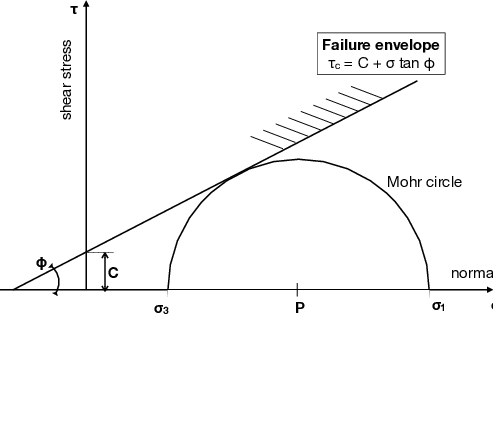Hi folks! It has been another short week for me. I used the last of my award and compensatory leave to take Monday off to recover from a busy weekend. I'm really glad I had that foresight, as work was busier than I had expected. I'm going to try a slightly different format this week, and provide the more detail context for each bullet immediately below it. Project names are redacted to ensure privacy.
- Provided timely, policy compliant, and technically sound technical assistance to field staff on multiple active construction projects.
- Project 1 - Minor rock slide on site, met with contractor's geotechnical consultant and rock slope specialist to discuss remediation options.
- Project 2 - Reviewed contractor prepared retaining wall drawings, noted some concerns and discussed with project team.
- Provided timely, policy compliant, and technically sound review of design deliverables.
- Project 3 - Discussed construction sequencing and requirements for bridge and retaining walls.
- Project 4 - Met with project team to discuss questions about our Independent Government Estimate.
- Utilized innovation to improve quality of project design.
- Project 4 - In addition to above, discussed with project team about Design-Build philosophy.
- Project 5 - Adding to some work last week, I researched how to convert from a Hoek-Brown failure criterion to a Mohr-Coulomb criterion.
- Provided technical leadership to team to provide recommendations that meet partner goals and deliver quality products.
- Project 3 - See discussion above. Another of our staff is the primary geotechnical engineer on the project; I'm serving as a technical resource.
- Prepared a summary of NAVFAC 7.2 updates for team.
- Attended presentation sponsored by a national technical association to keep up to date on state of practice.
- See above regarding NAVFAC 7.2 updates. Attended a webinar from the ASCE G-I and reported out the content to team who could not attend due to other project and training conflicts.
Most retaining wall design relies on the Mohr-Coulomb failure criterion, which relates the shear strength of a soil to the stress on the sliding surface. The Mohr-Coulomb criterion is typically expressed as a friction angle(φ) and a cohesion (c). The friction angle is the slope of the failure envelope and the cohesion is the shear stress intercept (see figure below).

The Hoek-Brown failure criterion is a similar theory, but is applied to rock masses, and uses the Geological Strength Index to define the failure envelope. Notably, the Hoek-Brown criterion is curved, rather than linear (see figure below).

With the brief background explained, let's talk about the why. For one of my projects, we are planning to build a retaining wall on mixed foundation characteristics: some on soil and some on rock. In a global stability analysis, where I check the overall stability of the ground the wall is constructed on, I used a combination of Mohr-Coulomb properties for the soil and Hoek-Brown properties for the rock. However, the retaining wall design software that I use to design the wall itself can only accept Mohr-Coulomb properties. Therefore, I was looking for a way to do my analysis, but keep the material properties consistent through these various analyses. Fortunately, Evert Hoek published a short technical note that provided the equations I needed (Hoek, 1990). I spent a few minutes coding the equations, then updating my analysis in the wall design software.
This type of work is extremely satisfying to me. Having a challenge with conventional analysis, doing some research, finding a solution, and applying it.
Next week, I'm looking forward to some a bit more focus time to work on the design of my active projects, as well as a few short webinars. I'm also likely to be spending some time finalizing a drilling plan and providing technical support for projects in construction.
← Back to the Blog